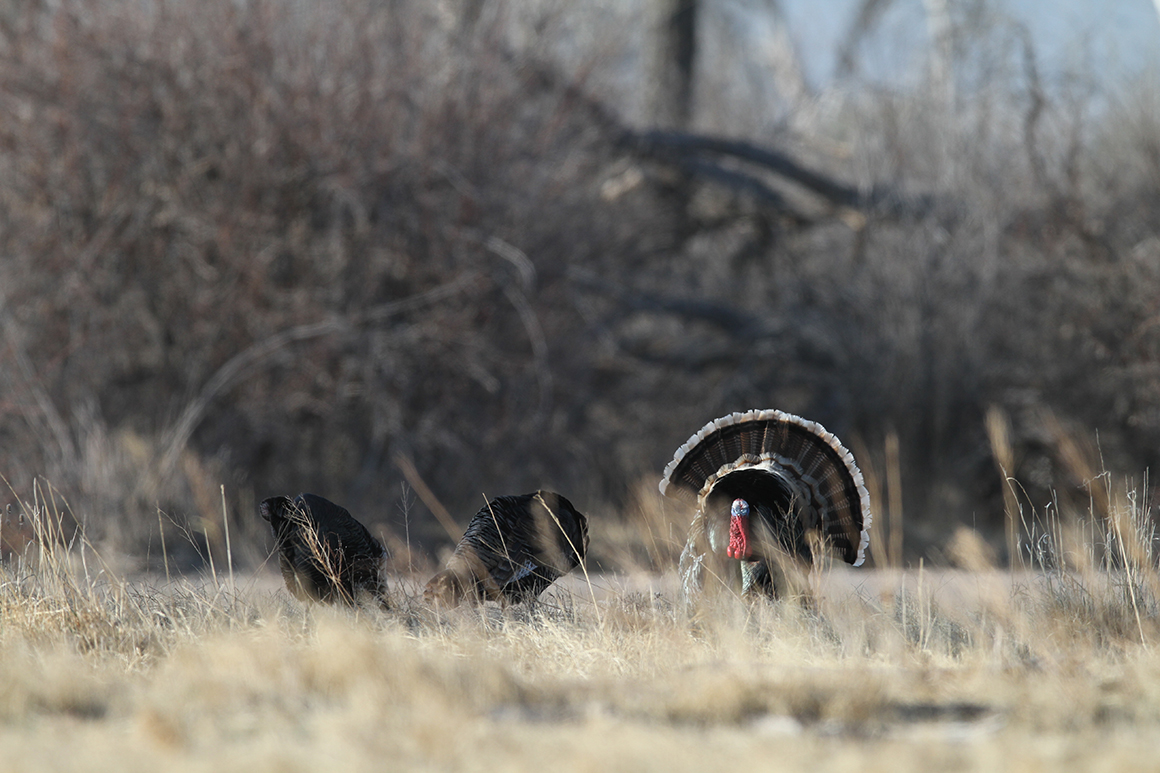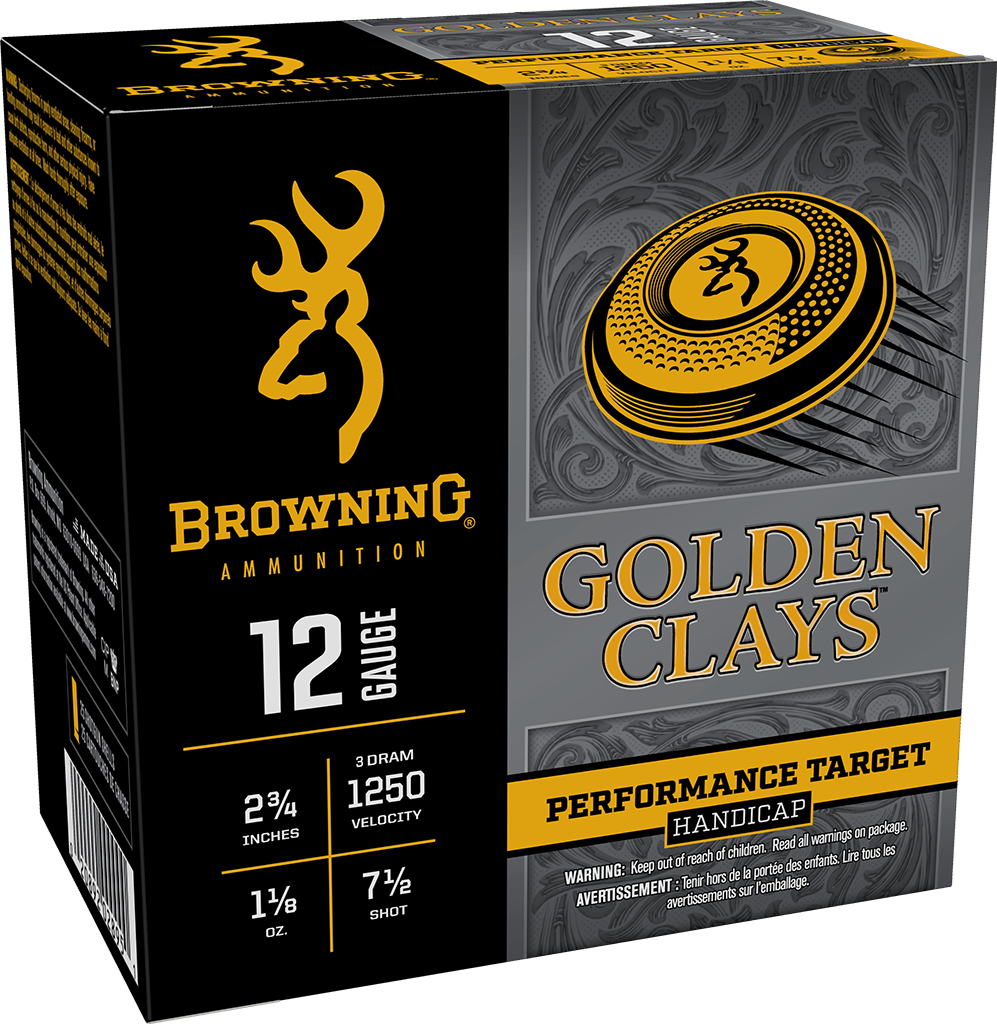Count the Shot for Shots that Count
The race, they say, is not always to the swift, nor the battle to the strong; but that’s the way to bet. It’s pretty much the same with shotgun pellets for wild turkeys.
Shot size for turkeys seems to fall naturally into the No. 4, No. 5, No. 6 range. I’m sure there are certain daredevils who would offer a brief for something like 7½s, claiming some mystical pattern density inherent in them, but come on! Going in the other direction, an old timer or two might call for a 10-gauge load of BBs or 2s, hoping to carpet bomb a gobbler. For a few years I actually lugged a 10-gauge side-by-side waterfowl gun with No. 4s around the woods. With 32-inch barrels, it tipped the scales at about 11 backbreaking pounds, swinging like a sledge hammer–once you could get it started, try stopping it. Having other hunters I met say “Wow!” at the sight of the beast eventually proved woefully inadequate recompense.

There are two shot factors of primary importance when it comes to killing turkeys are energy and pattern. First of all, as we should know, the vitals on a turkey are the skull and the cervical column, i.e., the neck. On a bird that regularly weighs over 20 pounds, not even No. 4s are likely strong enough for reliably lethal body shots (or rather shots that will put a turkey down so it does not get up and run), not to mention potentially tearing up edible meat. Even with the neck and skull, a hunter is dealing with bones substantially stouter than almost any others another game bird may be carrying around. It’s not like cracking an egg.
Turkey necropsies done some years ago by independent ballistician Tom Roster, and referred to by writer Phil Bourjaily, determined that 2 foot pounds (fps) of energy on the bird were necessary for a shot pellet to break vertebrae and penetrate to the brain. Bourjaily goes on to give Roster’s formula of “13-4-2” for lethal turkey hits. Broken down, 13 pellets should strike the head and neck, 4 should be in the vital spine and skull region, and at least two of those should penetrate through to the kill zone.
So far, no mention of velocity. Velocity does matter very much in shooting-flying, to use the old English term. A mourning dove flies at some 55 miles per hour (mph), a mallard about 50. Even a ringneck, who looks faster than he is (he’s mostly loud and busy), will top 40 mph, and the faster the shot the better to find the lead with. Almost all turkeys are, though, killed while standing stock-still, or stretched out and gobbling. Shot speed for turkeys is only important to the extent it translates into energy.

Everything above only requires a turkey hunter’s educating himself. There is only one way though to determine what maximum range may be for your load of choice, your gun, and your choke: Shoot it at a patterning target!
Most turkey hunters with a knowledgeable opinion feel that the best pattern is 210-230 pellet hits within a 40-inch patterning circle at 30 yards. Lay a lifesize turkey head-and-neck target over the center of the patterning target, and when the coast is clear, fire away. Now count the holes–yes, count until you know how many it takes to fill the Albert Hall. If you have more than that 210-230 hits in the patterning target, and more than the 13 in the neck and head, and four clearly in the vitals, you can move your target back in five-yard increments until you fall below any of the above numbers. Where you drop down is not your maximum range; that’s the one that came before that.
Sounds like work and it is. But worth it to watch a turkey dusting off the plate with its wings after one clean shot.
Follow Browning Ammunition’s social media channels for more hunting and shooting tips and updates on Browning Ammunition supported events and promotions on Facebook, You Tube, Instagram and Twitter.



